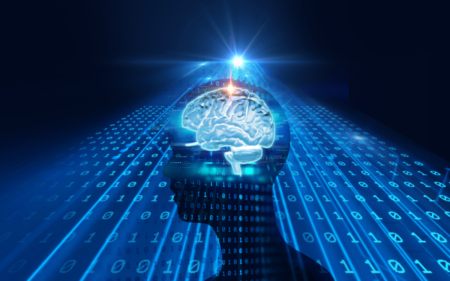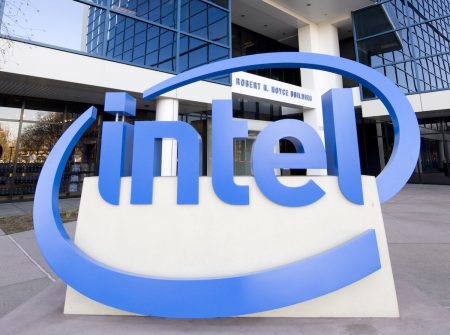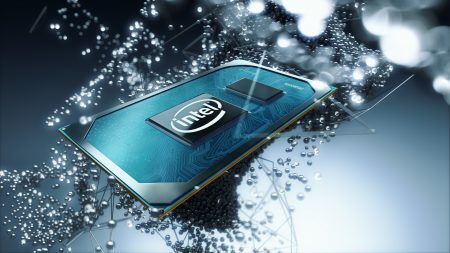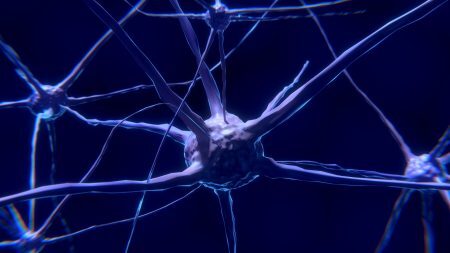We all have to make hard decisions from time to time. The hardest of my life was whether or not…
Browsing: Computers
At this point, most folks would probably say that the ongoing chip shortage has overstayed its welcome. Substantially. Unfortunately, Intel…
The British computer pioneer’s influence can be directly traced to the growth of the UK’s computer industry and the emergence…
In case you’ve been fortunate enough to miss this, the tech world is currently suffering a semiconductor shortage, which is…
NASA’s Hubble telescope is getting a little old, but it’s still running. Or, rather, it was. The ageing space hardware,…
Within seconds after reaching a city, earthquakes can cause immense destruction: Houses crumble, high-rises turn to rubble, people and animals…
There is a shortage of readily available semiconductors on planet Earth at the moment, in case you haven’t been paying…
With the careers of the future leaning more and more heavily on computer based skills, it’s about time the South…
How many emails are in your inbox? If the answer is thousands, or if you often struggle to find a…
One of the central technologies of artificial intelligence is neural networks. In this interview, Tam Nguyen, a professor of computer science…










